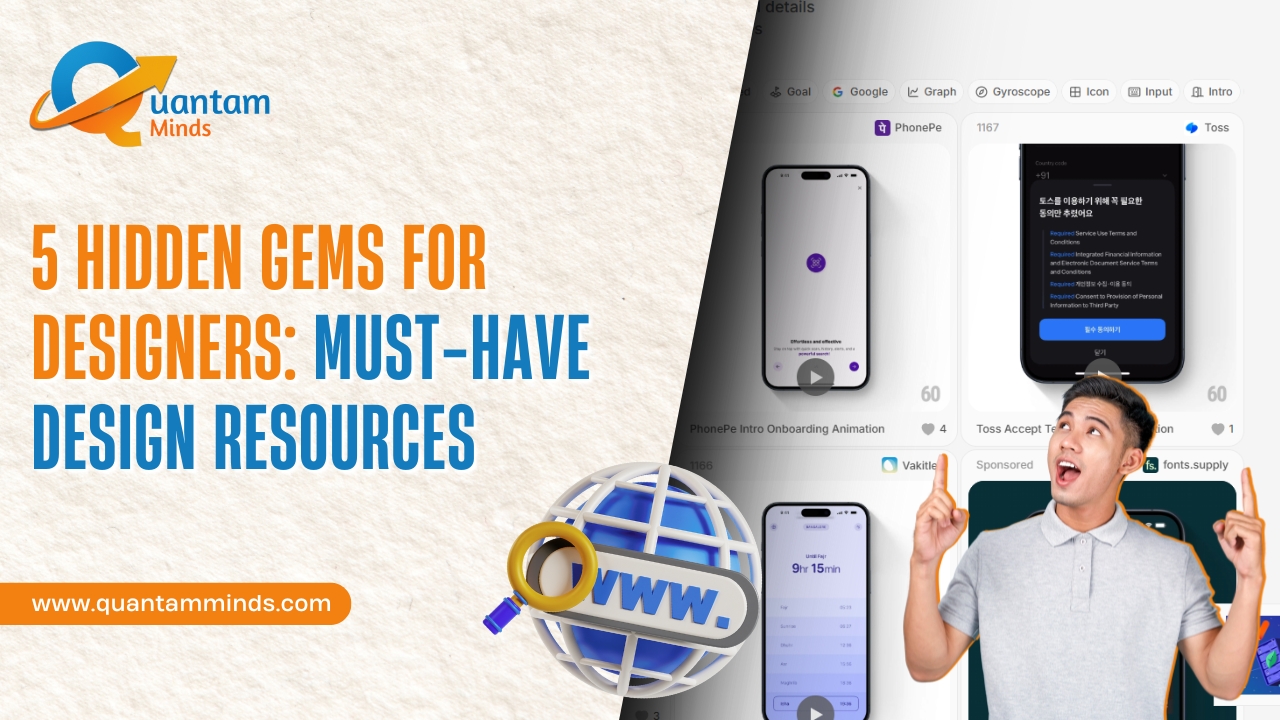As we move deeper into the digital era, the demand for high-quality design continues to rise—across marketing, content creation, branding, UX/UI, and even AI-assisted design. Whether you’re a professional designer, a startup founder, or a hobbyist, having the right tools can significantly enhance your creativity and productivity.
In this ultimate guide, we bring you the 20 best graphic design software tools of 2025, catering to a wide range of needs—from vector illustration to 3D design, motion graphics, and AI-powered creativity.
Top 20 Graphic Design Software Tools in 2025
1. Adobe Photoshop 2025
- Best for: Photo editing & raster-based design
- Why it stands out: AI-assisted object selection, generative fill, and cloud collaboration
2. Adobe Illustrator 2025
- Best for: Vector illustrations & branding
- New in 2025: Live vector tracing using AI, faster rendering
3. Figma
- Best for: UI/UX design & prototyping
- Why designers love it: Real-time collaboration, plugins, and community resources
4. Canva Pro
- Best for: Beginners & marketers
- 2025 Update: AI-powered Magic Design and advanced brand control tools
5. Affinity Designer 2.5
- Best for: Cost-effective alternative to Adobe
- Pros: No subscription, professional-grade vector/raster tools
6. CorelDRAW Graphics Suite 2025
- Best for: Print media & illustration
- Key features: Multi-page view, live comments, typography tools
7. Sketch
- Best for: Mac-based UI/UX design
- Why it’s still great in 2025: Lightweight, intuitive, and developer-friendly
8. Gravit Designer Pro
- Best for: Cross-platform design
- Highlights: Web-based, vector design with offline capabilities
9. Procreate (for iPad)
- Best for: Digital painting & illustration
- 2025 Perks: Enhanced brush engine, time-lapse export, gesture-based editing
10. Adobe Express (formerly Spark)
- Best for: Quick social media designs
- Ideal for: Content creators, YouTubers, small businesses
AI-Powered Graphic Design Tools of 2025
11. Designs.ai
- Best for: Beginners & non-designers
- Key feature: Auto-generate logos, videos, and banners using AI
12. VistaCreate
- Best for: Marketing teams
- Why use it: Templates, animation, AI-powered resizing and content generation
13. Looka
- Best for: Logo design
- AI feature: Generates brand kits in minutes
14. Kittl
- Best for: T-shirt and merchandise designers
- Cool in 2025: AI-assisted retro and hand-drawn typography styles
15. Uizard
- Best for: UX/UI wireframing with AI
- Unique point: Convert sketches into live digital wireframes
Motion & 3D Design Tools for 2025
16. Blender
- Best for: 3D modeling & animation
- Why it’s top-tier: Free, open-source, with professional-grade tools
17. Cinema 4D
- Best for: Motion graphics
- New features: Redshift renderer integration, intuitive UI
18. Adobe After Effects 2025
- Best for: Visual effects and motion design
- Key update: AI-powered keyframing and auto-scene clean-up
Other Noteworthy Mentions
19. Inkscape
- Best for: Free vector design
- Pros: Open-source, cross-platform, great for SVG
20. Vectr
- Best for: Simple vector tasks online
- Why use it: Cloud-based with collaboration features
Why it’s a great topic:
-
Ever-growing demand for design tools:
From content creators and startups to enterprise design teams, everyone needs fast, intuitive, and powerful design tools.
-
Rapid AI integration in design:
2025 marks a turning point where AI is no longer just a “bonus feature”—it’s central. Tools like Canva, Adobe Express, and Uizard are embedding AI deeply into workflows, making design more accessible and efficient.
-
Cross-platform and cloud-first trends:
Designers today expect real-time collaboration (like Figma), cloud syncing, and mobile/tablet support. Your article taps into this need well.
-
SEO & audience potential:
The title and topic are highly searchable and could attract:
-
Designers researching tools
-
Small business owners
-
Students and beginners
-
Tech bloggers looking to curate or compare tools
-
-
Timely & future-facing:
Being titled for 2025 gives it a forward-looking edge, making it feel fresh and up-to-date with the latest trends and tech.
Pros
1. Highly Searchable & Evergreen
-
Keywords like “best graphic design software,” “top tools,” and “2025” are commonly searched.
-
Can drive consistent organic traffic, especially from students, freelancers, and design teams.
2. Strong Relevance Across Audiences
-
Appeals to a wide range: designers, marketers, content creators, educators, and entrepreneurs.
-
Especially helpful for beginners and non-designers seeking easy, AI-powered tools.
3. Monetization Potential
-
You can include affiliate links to paid software (like Adobe, Canva Pro, Affinity).
-
Ideal for software roundup blogs or YouTube reviews.
4. Content Flexibility
-
Easy to repurpose as:
-
YouTube video
-
Instagram carousel
-
Comparison blog
-
Email newsletter
-
SEO landing page
-
5. Tech + Creativity Combo
-
Combines creative tools with the latest tech (e.g., AI, cloud design, collaboration features)—making it modern and future-proof.
Cons
1. Highly Competitive
-
Many sites (like TechRadar, Creative Bloq, HubSpot) already publish similar lists.
-
You’ll need strong SEO, original insights, or niche targeting to stand out.
2. Can Get Outdated Quickly
-
Design software updates rapidly. A tool that's #1 now may lose relevance in 6 months.
-
Requires regular updates to keep content accurate and useful.
3. May Overwhelm Beginners
-
Listing 20 tools could feel like too much for someone just starting out.
-
Might need to add guidance like "Top 5 for Beginners" or "Best for Free Users."
4. Limited Personalization
-
Generic lists can lack depth if you don’t add personal reviews, use-cases, or comparison tables.
-
Readers may bounce if they don’t see value beyond a simple list.
1. Evolve into a Lead Magnet
-
Convert the article into a downloadable PDF or eBook titled “Ultimate Graphic Design Toolkit 2025”.
-
Use it to collect email leads for a newsletter, design course, or affiliate marketing funnel.
2. Rank for Long-Tail SEO Keywords
-
Break the article into smaller posts:
-
“Best Free Graphic Design Software for Beginners 2025”
-
“Top AI Tools for Graphic Design in 2025”
-
“Figma vs Adobe XD: Which One Wins in 2025?”
-
-
This expands your site’s visibility and keyword reach.
3. Repurpose Into Video or Reel Content
-
Turn the list into:
-
A YouTube video review
-
Instagram Reels or TikTok carousel
-
Slide deck for LinkedIn or SlideShare
-
4. Create a Comparison Tool or Interactive Quiz
-
Build a quiz like “Which Graphic Design Software Is Best for You in 2025?”
-
Could be embedded on your website to boost engagement and increase time-on-page.
5. Monetize Through Affiliate Marketing
-
Sign up for affiliate programs (Adobe, Canva, Corel, etc.).
-
Add tracking links in your article or YouTube description to earn passive income.
6. Launch a Design Resource Hub
-
Use this article as the foundation for a larger content series:
-
Tutorials for each tool
-
Templates and UI kits
-
Industry trends and updates
-
-
Position your site as a go-to resource for creative professionals.
7. Attract Sponsorship or Collaborations
-
As traffic grows, companies may approach you for:
-
Sponsored reviews
-
Early-access tool testing
-
Guest posts and product features
-
1. SEO Powerhouse with Evergreen Potential
-
Keyword clusters: Your article can target a broad keyword like "graphic design software" and long-tail keywords like:
-
“best free graphic design software 2025”
-
“AI tools for graphic design”
-
“Photoshop alternatives 2025”
-
-
SEO Refresh Plan: Update it every 3–6 months with:
-
New tool launches
-
Major software updates
-
AI integration news
-
2. Educational Value for Different Audiences
-
You can adapt this article for different user groups:
-
Students: Emphasize free or low-cost tools like Inkscape, GIMP, or Canva.
-
Professionals: Focus on Adobe, Affinity, and Figma.
-
Non-designers: Recommend AI-powered or drag-and-drop tools like VistaCreate or Looka.
-
Tip: Create a “Top 5 Tools for [X]” section in your article to tailor it better.
3. Affiliate & Passive Income Opportunities
-
Affiliate programs from Adobe, Canva, Corel, and others let you earn per referral or sale.
-
Include:
-
CTA buttons: (“Try Adobe Photoshop Free for 7 Days”)
-
Comparison charts: (“See how Canva stacks up against VistaCreate”)
-
Ratings & reviews: Readers love summaries and visual data
-
4. Multimedia Expansion
Repurpose the blog into:
-
YouTube series: “Testing All 20 Design Tools in 2025”
-
Instagram carousels: “Top 5 Free Design Apps”
-
LinkedIn articles: “Why Figma Is the Future of UX Design in 2025”
Each platform helps target a different audience: professionals, hobbyists, creators, and students.
5. Design Resource Ecosystem
From the base article, you can build:
-
Tutorial series: “How to Use Affinity Designer for Logo Design”
-
Resource hub: Downloadable templates, UI kits, and icon packs
-
Newsletter: “Design Tools Weekly” – share updates, tools, and tips
6. Partnerships, Guest Posts & Outreach
-
Pitch it to sites like:
-
Creative Bloq
-
Designmodo
-
Smashing Magazine
-
-
Use it to build backlinks and collaborations by showcasing it as thought leadership content in the design space.
7. Interactive Features for Engagement
-
Add tools like:
-
Comparison tables (with sorting/filtering)
-
Interactive quiz: “Find Your Perfect Design Tool”
-
Live polls: “Which tool do you use the most in 2025?”
-
This turns a static blog into an interactive asset, increasing time-on-page and return visits.
 Disclaimer
Disclaimer
The views expressed by experts in this article are their own and do not necessarily reflect the opinions of any website, organization, institution, or affiliated entity. If you have any concerns regarding this article, please contact us at contact@quantamminds.com and also on WhatsApp
Frequently Asked Questions
What graphic design software should beginners use in 2025?
Canva, Adobe Express, and VistaCreate are excellent choices for beginners in 2025 due to their drag-and-drop interfaces, templates, and AI-powered design features.
What are the most advanced graphic design tools for professionals in 2025?
Adobe Photoshop, Illustrator, Figma, and Affinity Designer remain top choices for professional designers seeking advanced features, precision, and industry-standard capabilities.
Is there any free graphic design software available in 2025?
Yes, tools like GIMP, Inkscape, Canva Free, and Gravit Designer offer powerful features without cost, making them great for students and small businesses.
Are there any AI-powered graphic design tools in 2025?
Absolutely. Tools like Adobe Firefly, Looka, Uizard, and Microsoft Designer integrate AI to automate design suggestions, generate templates, and even create visuals from text prompts.
Which graphic design software is best for logo creation in 2025?
Looka, Adobe Illustrator, Canva, and LogoMakr are top tools for creating professional logos, offering a balance of templates, AI suggestions, and vector editing.







 Pallavi Singh on 2025-05-23
Pallavi Singh on 2025-05-23





 Ravinder Kumar
Ravinder Kumar 